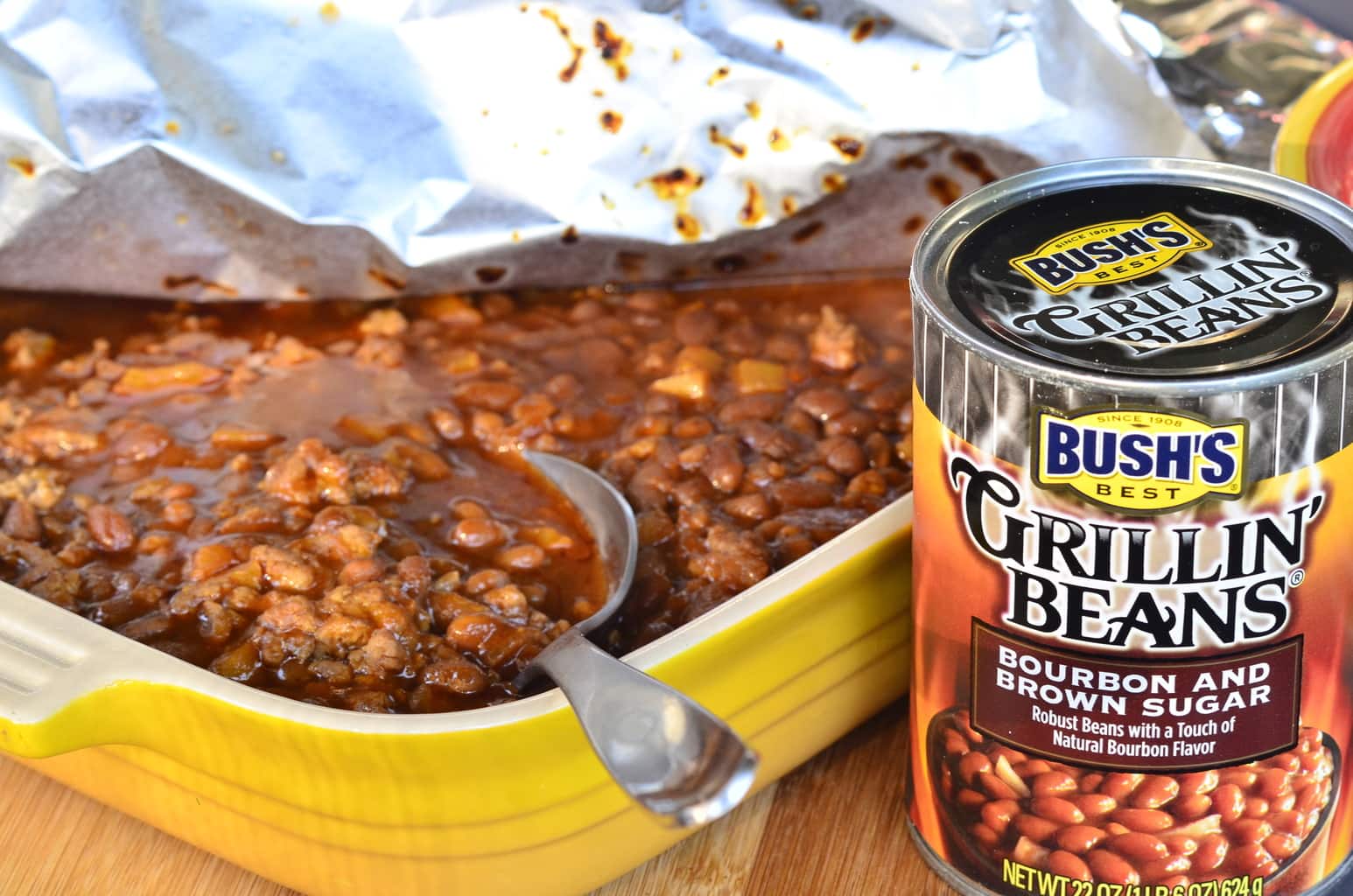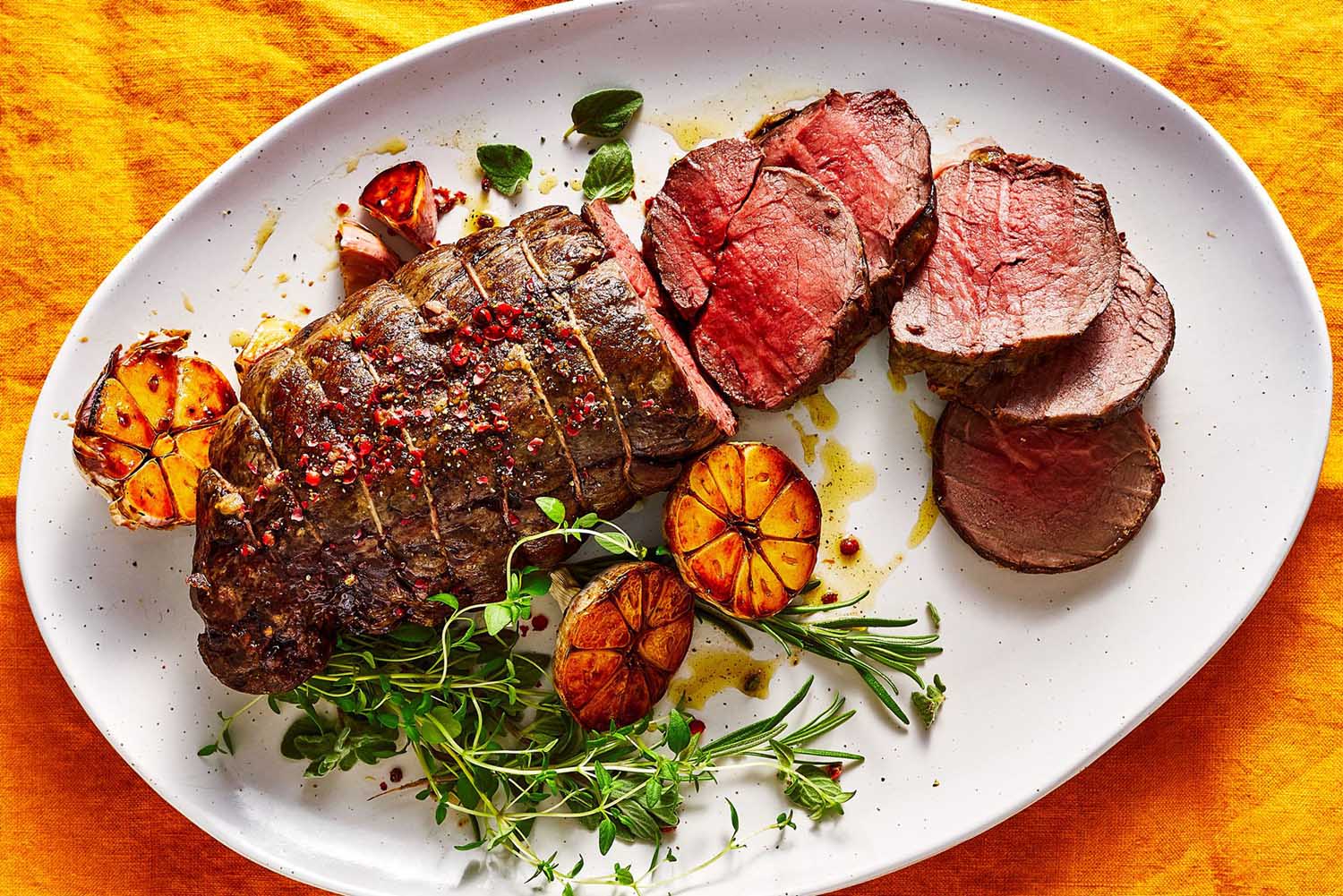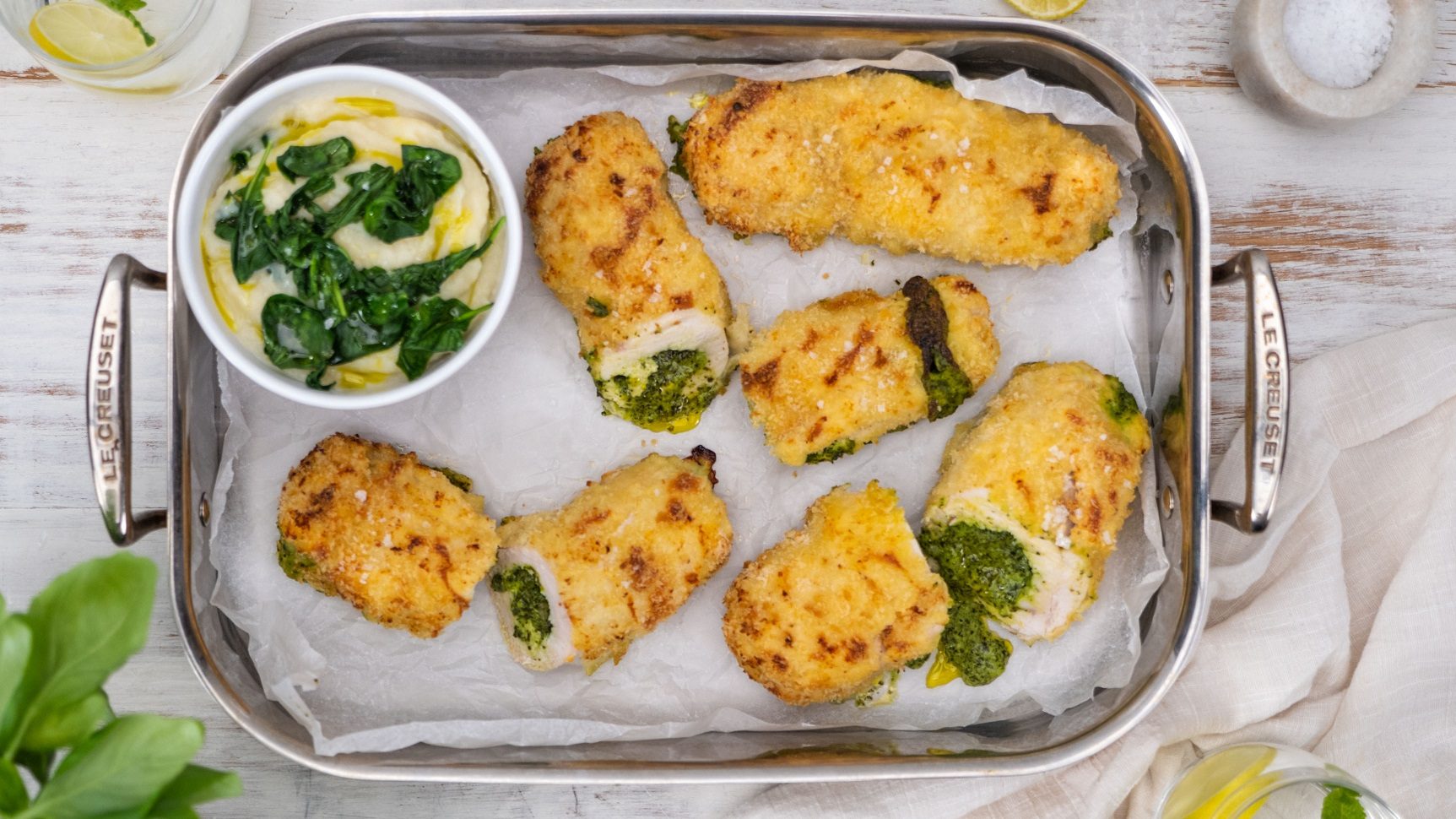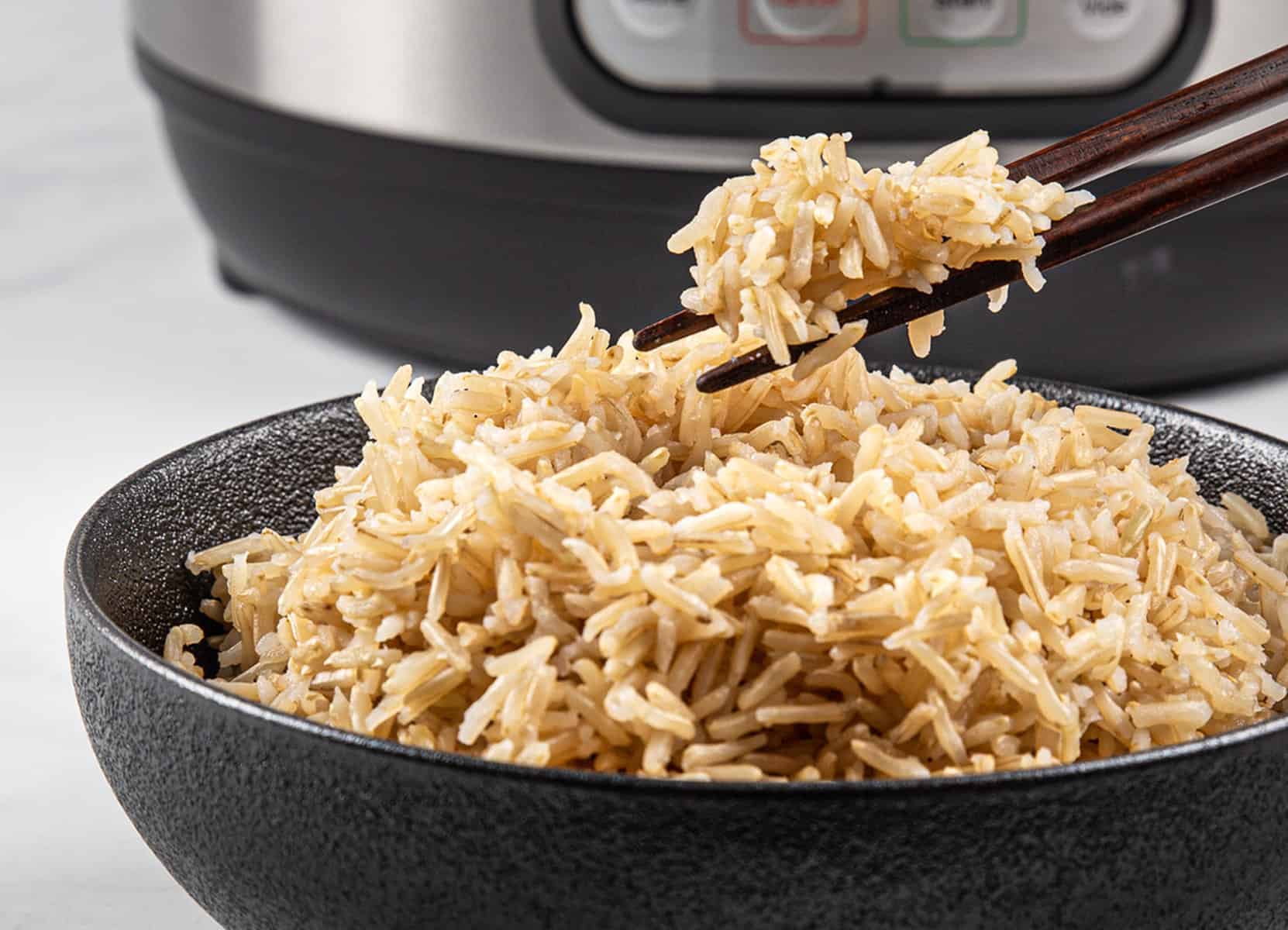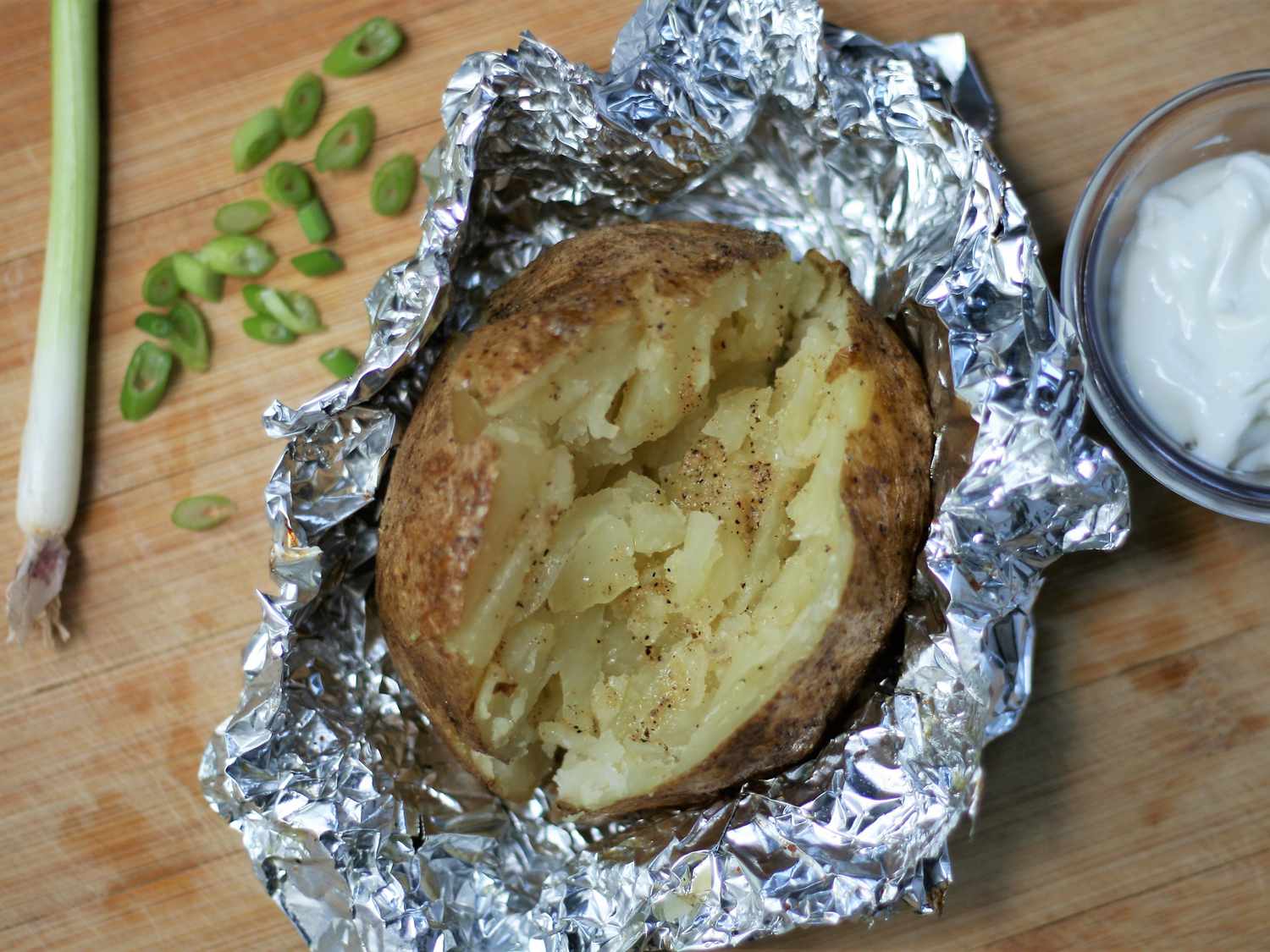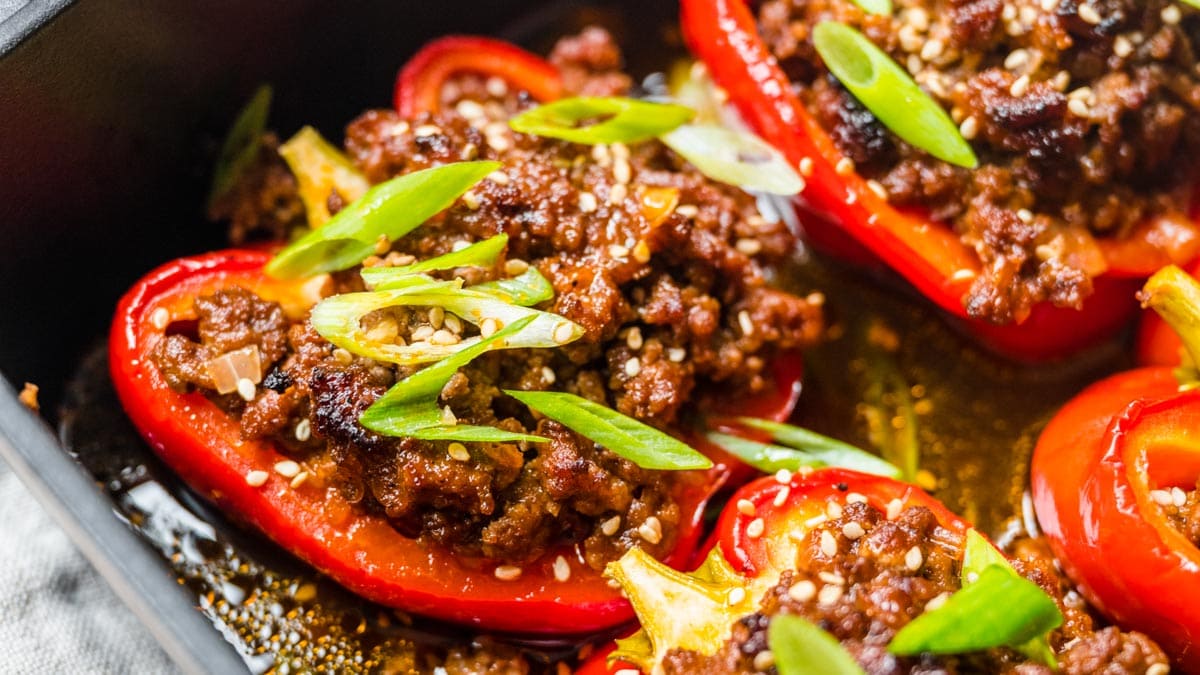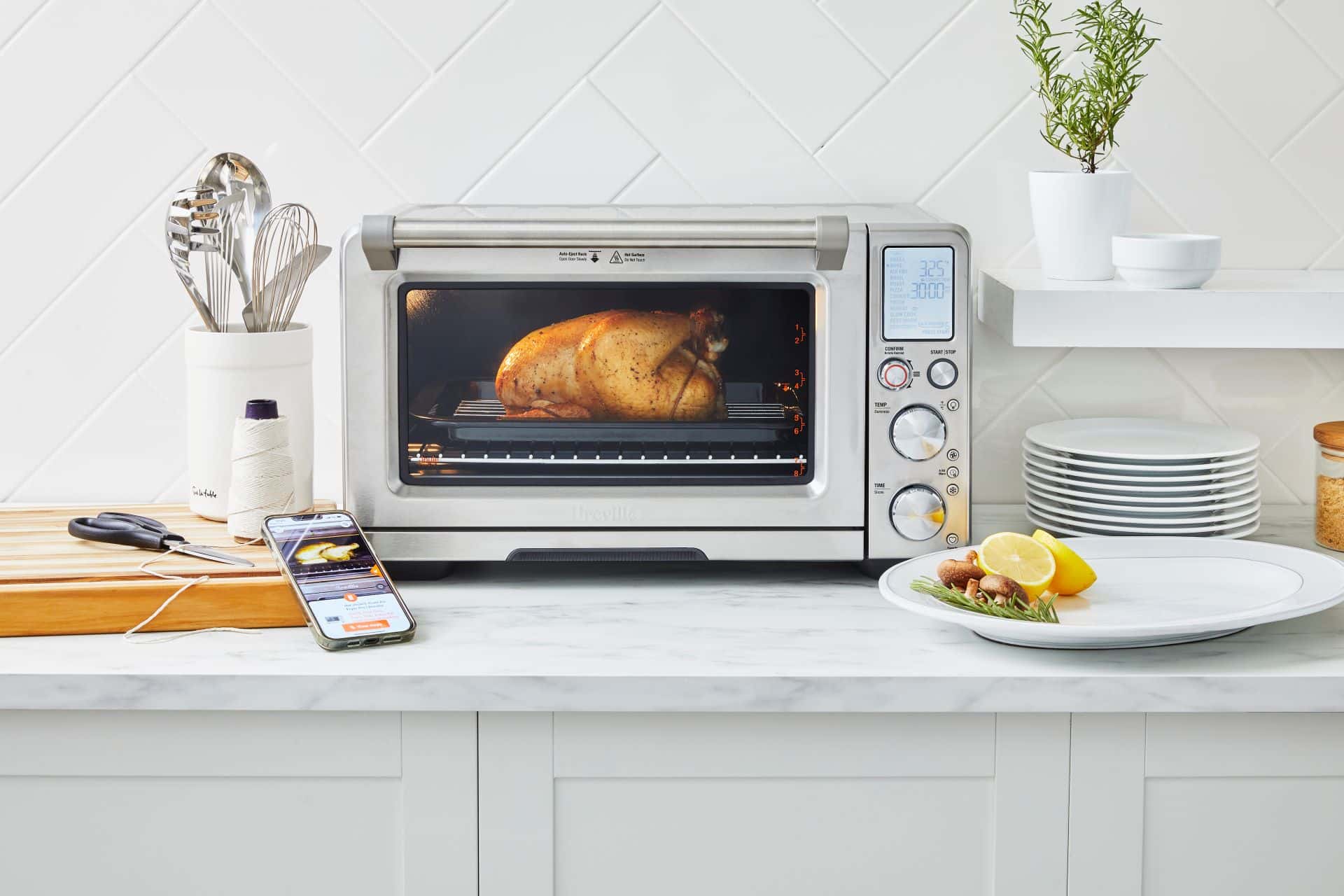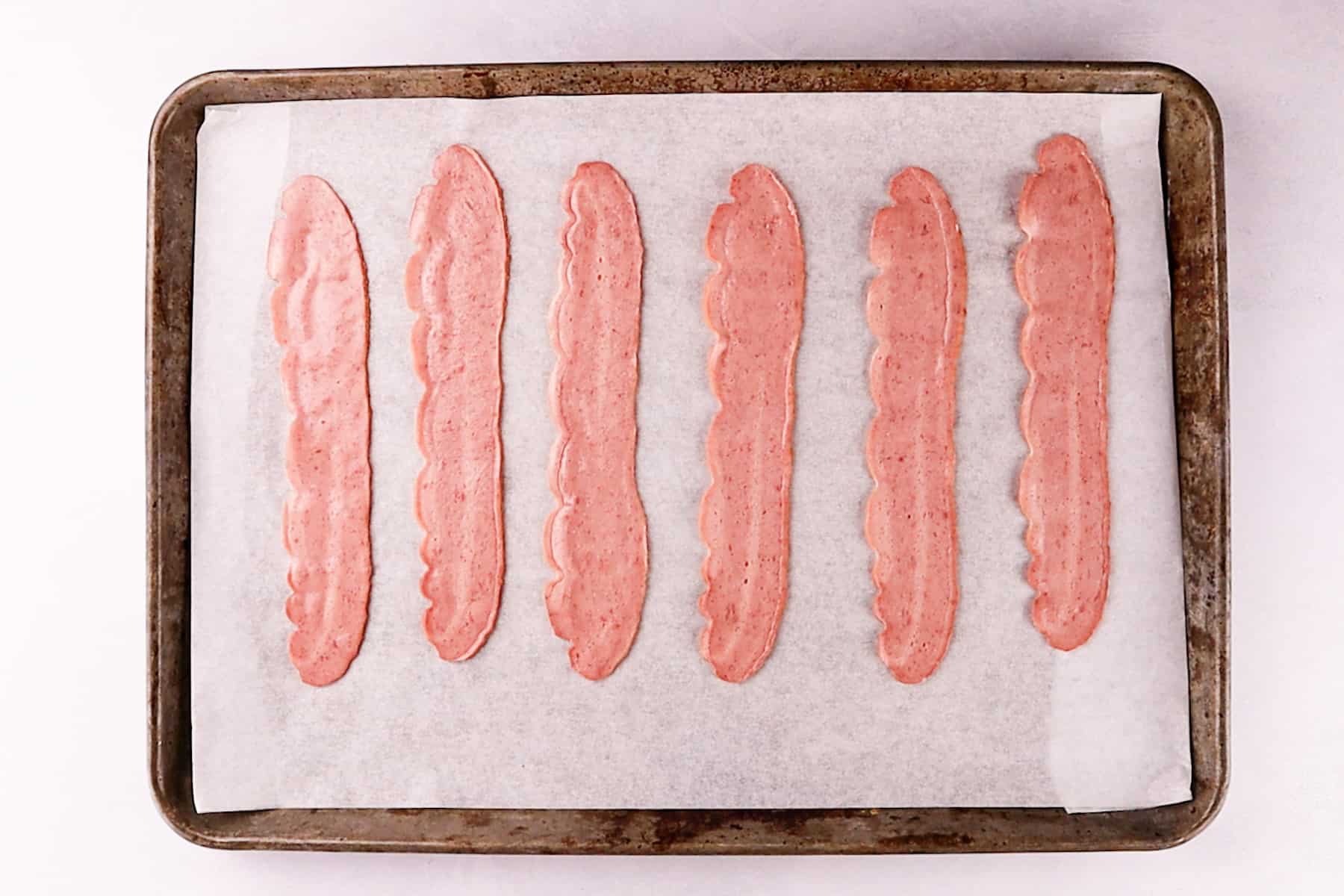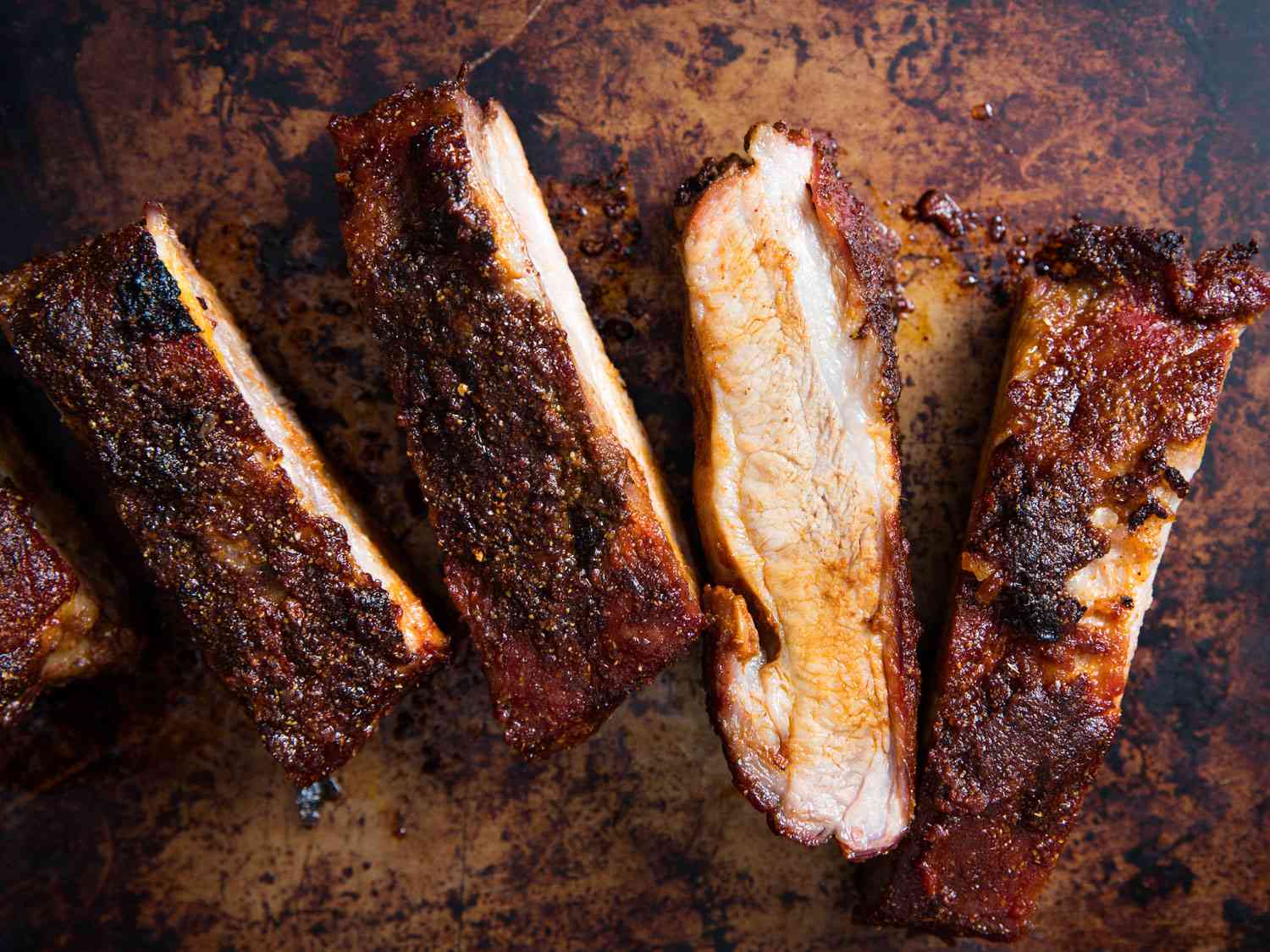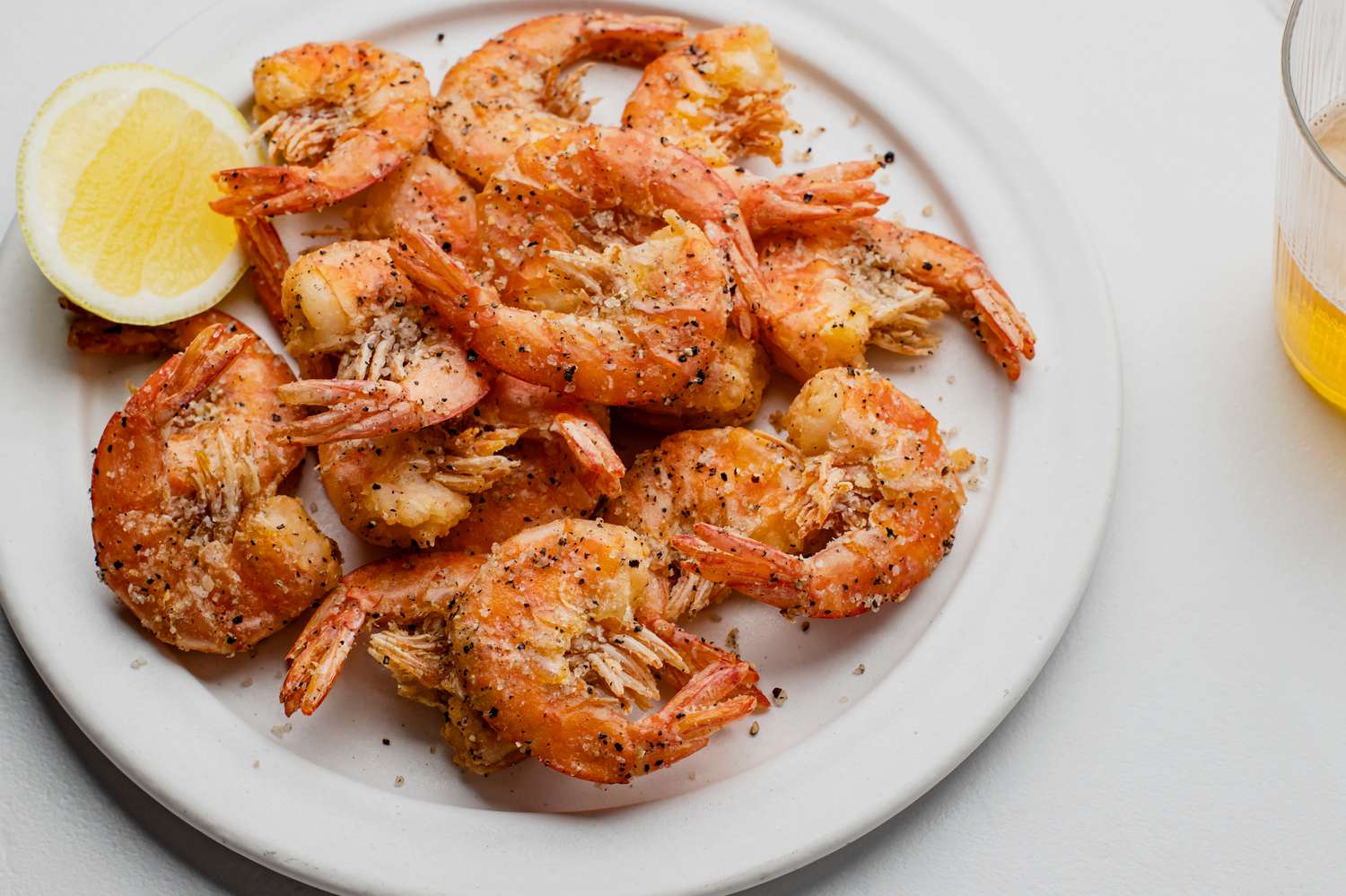Mastering the Art of Cooking Spaghetti in a Pan
Spaghetti, one of the most beloved and versatile pasta dishes, is a go-to meal for many people around the world. While it’s tempting to rely on boiling water and a pot to cook spaghetti, using a pan can be equally effective and even offer some unique advantages. In this guide, we will show you how to cook spaghetti in a pan like a pro.
Why Cook Spaghetti in a Pan?
Before we dive into the cooking method, let’s explore why you might want to consider cooking spaghetti in a pan. Here are a few reasons:
- Saves energy and time: Using a pan requires less water and time compared to boiling a large pot of water, making it a more efficient option.
- Enhanced flavors: Cooking spaghetti in a pan allows the pasta to absorb the flavors of the sauce better, resulting in a more delicious and flavorful dish.
- Better control: With a pan, you have better control over the cooking process, ensuring your spaghetti is cooked to your desired level of tenderness.
Step-by-Step Guide to Cooking Spaghetti in a Pan
Now, let’s get into the nitty-gritty of how to cook spaghetti in a pan:
Step 1: Gather Your Ingredients
Make sure you have all the necessary ingredients on hand:
- Spaghetti pasta
- Water
- Salt
- Olive oil
- Your favorite spaghetti sauce
Step 2: Cook the Spaghetti
Follow these simple steps to cook your spaghetti in a pan:
- Fill a large pan with water and add a generous amount of salt. Bring the water to a boil.
- Add the spaghetti pasta to the boiling water. Keep stirring occasionally to prevent sticking.
- Cook the spaghetti for the recommended time mentioned on the packaging or until it reaches your preferred level of tenderness.
- Once cooked, drain the spaghetti using a colander but reserve a small amount of cooking water for later use.
Step 3: Finish the Dish
With the cooked spaghetti ready, it’s time to bring it all together:
- Heat olive oil in the same pan over medium heat.
- Add your favorite spaghetti sauce to the pan and let it heat up.
- Add the cooked spaghetti to the sauce in the pan.
- Toss the spaghetti gently to coat it evenly with the sauce.
- If needed, you can add a small amount of the reserved cooking water to help the sauce adhere to the pasta better.
- Continue cooking and stirring for a couple of minutes until the spaghetti is well-coated and heated through.
And voila! Your delicious spaghetti is ready to be served and enjoyed.
Experiment with Toppings and Garnishes
Spaghetti is like a blank canvas waiting to be adorned with delicious toppings and garnishes. Get creative and elevate your dish by adding:
- Freshly grated Parmesan cheese
- A sprinkle of chopped herbs like basil or parsley
- Red pepper flakes for a spicy kick
- Sliced garlic sautéed in olive oil
- Tender meatballs or grilled chicken for protein
Conclusion
Cooking spaghetti in a pan can be a game-changer, offering convenience, enhanced flavors, and better control over the cooking process. By following our step-by-step guide, you’ll be able to create a delightful plate of spaghetti that will impress even the most discerning pasta lovers. So, next time you crave a comforting bowl of spaghetti, grab your trusty pan and get cooking!
For those looking to master the art of cooking spaghetti in a pan, there are several recipes that showcase this technique beautifully. Try out Spaghetti Aglio e Olio for a quick and flavorful dish that brings out the best in simple ingredients. Classic Spaghetti Carbonara is another must-try, offering a rich, creamy experience without the fuss of multiple pots and pans. For seafood lovers, Spaghetti with Shrimp Scampi marries the delicate flavor of shrimp with garlic and butter, creating a luxurious yet easy meal. Lastly, Spaghetti Primavera is perfect for those craving a burst of fresh vegetables, making it an excellent choice for a light, satisfying dinner. These recipes will not only help you practice your pan-cooking skills but also bring delightful variety to your dinner table.
Was this page helpful?
Read Next: How To Cook Venison Steak On Gas Grill
